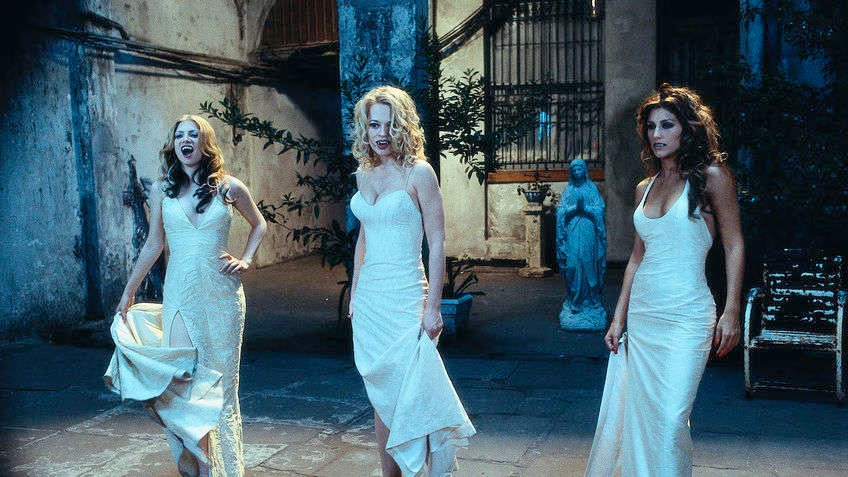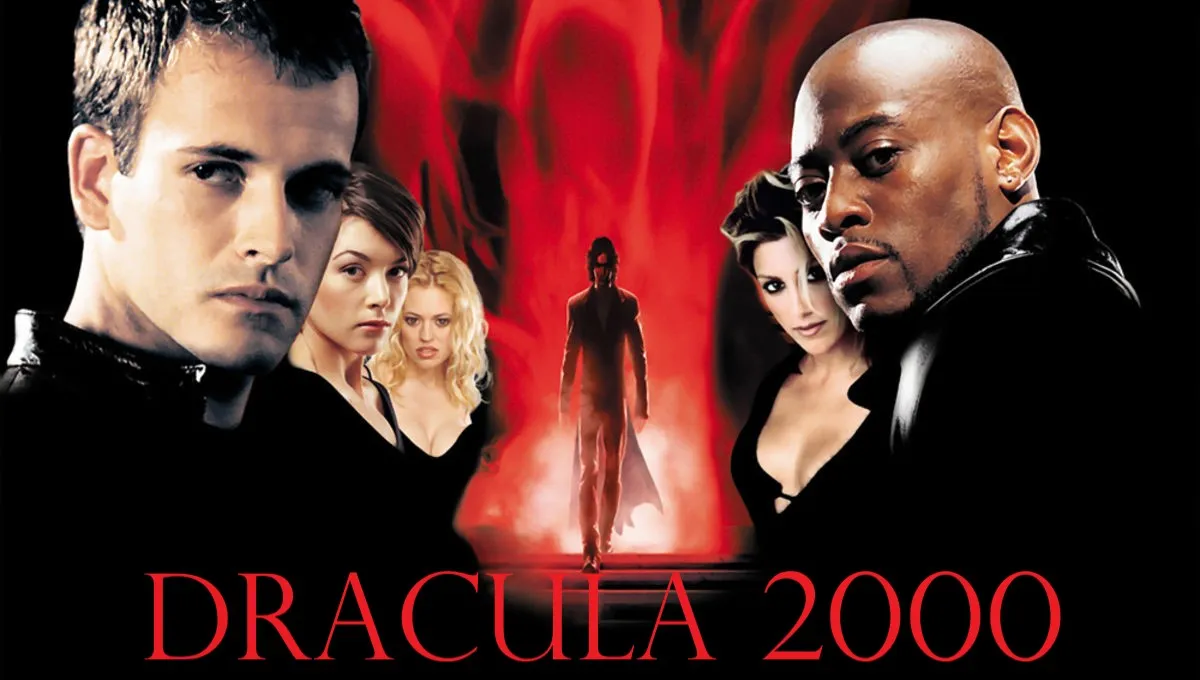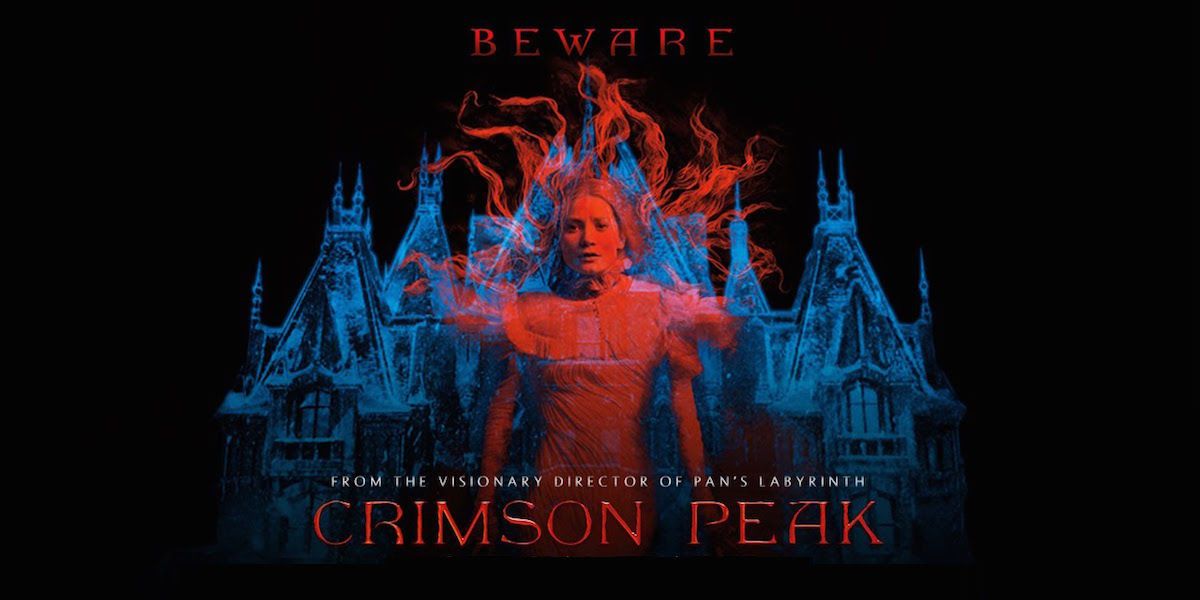“Vampires don’t settle old scores. We harbor them.”
Lestat-Queen of the Damned
I forgot how wild Dracula 2000 is. This is my first rewatch of the season, and I’m so glad I did. This is one of those rare horror remakes that dares to reinvent a classic character with a fresh perspective, adding intriguing layers to the lore of Dracula that make it worth a watch despite some uneven performances. Directed by Patrick Lussier and produced by horror heavyweight Wes Craven, the film puts a modern spin on the Dracula mythos, cleverly linking the vampire’s backstory to religious and historical roots that haven’t been explored in quite this way before.

The story is rooted in a very 2000s fear of tech and theft, as a group of thieves led by Omar Epps’ character break into a high-security vault, hoping to find riches but unwittingly unleashing Dracula himself. What follows is a chase from London to New Orleans, where Dracula (Gerard Butler) zeroes in on Mary Heller (Justine Waddell), a woman with mysterious ties to the vampire. The film’s most compelling twist is the origin of Dracula, connecting him to a biblical figure, which gives Dracula a tragic, cursed quality that goes beyond standard vampire lore. This fresh take on the character is one of the highlights, offering a unique context that adds some gravitas to the otherwise straightforward horror story.

Gerard Butler brings a brooding sensuality to Dracula, adding an air of dark allure that helps carry the film. Butler’s Dracula is charismatic, his presence on screen magnetic enough to keep you invested, especially in the film’s more intense moments. He brings a tortured, almost sympathetic edge to the character that makes this Dracula stand out as more than just a monster. Justine Waddell, as Mary, also deserves credit, imbuing her role with a mix of innocence and strength as she becomes more entangled in Dracula’s web.
Visually, Dracula 2000 is impressive, with a dark, stylish aesthetic that feels both gothic and distinctly modern. The cinematography by Peter Pau captures the moody, crimson-soaked atmosphere you want in a vampire film, and Lussier’s direction adds a surreal edge to certain scenes, especially those in New Orleans. The production design is equally noteworthy; the sets and lighting echo the film’s dark themes and Dracula’s ancient, tragic past. There’s a tactile quality to the design work that makes Dracula’s lair, in particular, feel like it’s steeped in centuries of history.

Where Dracula 2000 stumbles, unfortunately, is in some of the supporting performances. Jonny Lee Miller, while generally a capable actor, doesn’t quite find his footing here as Simon, the vampire hunter-in-training. His delivery feels stilted, lacking the urgency and energy needed to match the horror unfolding around him. Similarly, Jennifer Esposito’s turn as the seductive vampiress Solina veers a bit too campy, breaking the tone with exaggerated facial expressions that detract from the film’s intensity.

Overall, Dracula 2000 may not be a flawless horror experience, but its ambition and unique approach to Dracula’s origin elevate it above many turn-of-the-millennium horror films. It delivers on atmosphere, boasts a strong lead performance from Butler, and offers a unique twist on vampire lore that makes it memorable. While the pacing occasionally falters and not all performances hit the mark, Dracula 2000 deserves credit for daring to bring something new to the table with its reimagining of a horror icon.
Rating: 6/10




